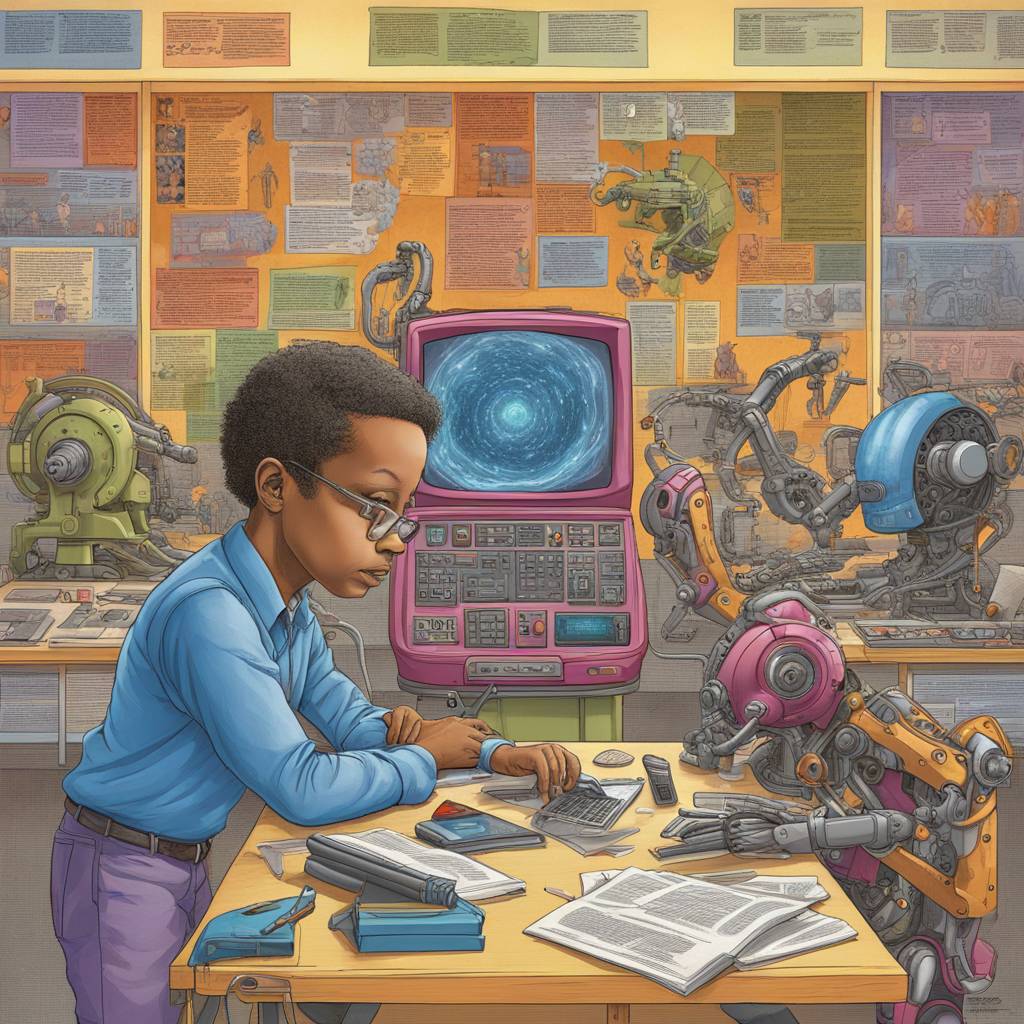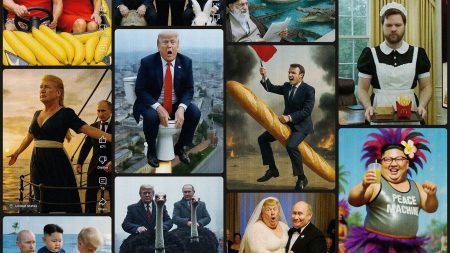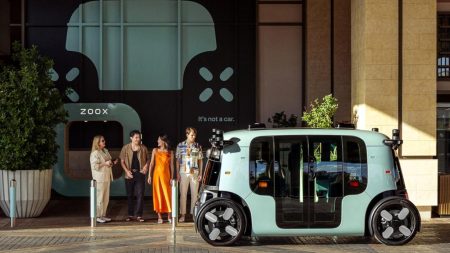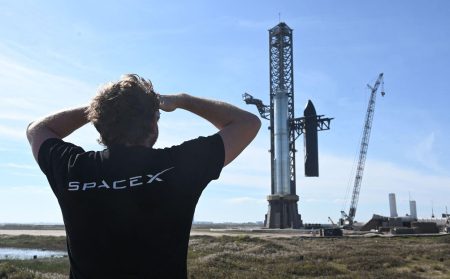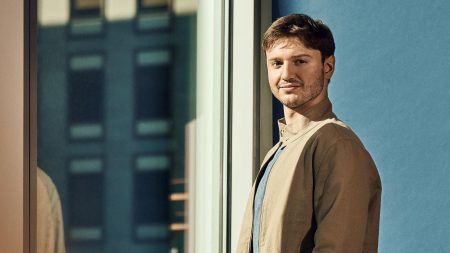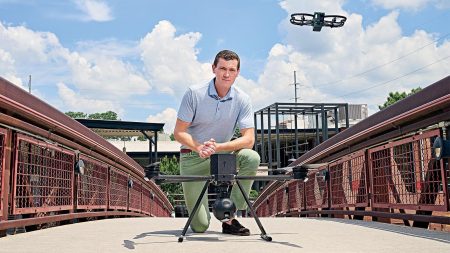In the age of AI and robotics, the question of whether robots are coming for our work and our lives remains a prevalent concern. The fear of machines replacing humans has been around for centuries, dating back to the Industrial Revolution. However, as robots begin to move beyond industrial settings and into our homes, offices, and public spaces, new questions arise about how we will interact with them. Will we accept robots as partners, or will we keep our distance? What kinds of tasks will we allow them to perform? These are complex questions that require careful consideration as we navigate this new era.
A recent performance titled “Breathless: Catie and the Robot” brought together dancer/choreographer/engineer Catie Cuan and artist/researcher Ken Goldberg to explore the interaction between humans and robots in a dance setting. The performance features Cuan dancing alongside a UR5e robot arm, showcasing the eloquent dialogue in movement between human and machine. Cuan advocates for a more nuanced approach to integrating robots in the workplace, emphasizing the unique abilities of humans such as empathy and adaptability, qualities that robots may lack.
Ken Goldberg, a Professor of Industrial Engineering and Operations Research at UC Berkeley, is in awe of human dexterity and flexibility, especially when it comes to grasping objects. While robots offer predictability and precision, they still fall short in certain areas, highlighting the need for a balance between human and machine capabilities. Through their collaboration, Cuan and Goldberg aim to challenge the prevailing narrative that humans are easily replaceable by robots, instead focusing on the poetry of human motion and creativity.
The team behind “Breathless” spent months honing their performance, with Cuan and Goldberg exploring the boundaries of interaction between human and machine. The use of force sensing technology allowed for a new level of intimacy between Cuan and the robot arm, creating a dynamic pas de deux that would have been impossible just a few years ago. This artistic exploration opens up new possibilities for human-robot collaboration, showcasing the potential for creative partnerships that go beyond traditional workplace roles.
The future of humanity lies in collaboration with robots, as we continue to teach machines the essence of what it means to be human. The age of AI and robotics offers a unique opportunity to learn more about ourselves and our abilities, while also pushing the boundaries of creativity and invention. As we navigate this new era, it is essential to approach the integration of robots in our lives with wonder and passion, rather than fear. By embracing the potential for collaboration between humans and robots, we can shape a future that celebrates the unique strengths of both.




